92 F. high in the Twin Cities Saturday.
84 F. average high on July 6.
102 F. high on July 6, 2012.
Trace of rain fell yesterday at KMSP.
Low 90s expected again today and Monday.
50-degree dew points return the latter half of this week - much more comfortable air.
Personalized Weather
Where is the weather business heading? I wish I knew with certainty.
Yesterday, while waiting for lunch in Nisswa, I
saw a woman in a nearby booth peering out a rainy window, checking radar
on her smartphone, trying to calculate what time the sun would come
out. Weather for one.
One vision: Apple's "Siri", only this
computerized voice knows your location, your commute, calendar;
anticipating your needs in advance.
"Rain ends at 2:35 on Gull Lake. Some sun
between 3 to 7 PM as south winds gust to 18 - lightning in your vicinity
after 9:45. Oh, and your golf tee time Sunday looks soggy."
We will see, but checking TV, radio or web
sites, trying to INTERPRET weather for your GPS location and needs, may
evolve to unique "One-Casts" on mobile devices, well-timed bursts of
hyper-localized and personalized information coming in during the day
when you need to make weather-related decisions and choices.
Storms are pushing into Wisconsin, with early
clouds and fog, but the sun should peek out much of today, even up
north. Highs approach or top 90F in the metro later, low 90s possible
Monday before more numerous storms arrive Tuesday. We dry out the latter
half of the week; warming near 90 again by next weekend.
Meanwhile fires are burning out of control near
Las Vegas, while the Gulf & East Coast is stuck in a bizarrely soggy
holding pattern - over 20" of rain near Panama City, a tropical storm's
worth.
A Warmer, Somewhat Drier Pattern.
I have a hunch July won't be as wet as June. We'll see our fair share
of T-storm rains, but the core of the jet stream if finally pushing far
enough north for us to see fairly consistent 80s, with a few 90s (but
nothing like last summer). Showers and T-storms are most likely Tuesday
of this week, another chance of a few T-storms next weekend, based on
ECMWF guidance above.
Midweek Comfortable Front.
All the models show a significant dip in dew point on Wednesday as
winds swing around to the northwest. Dew points in the 50s will feel
great by Thursday and Friday.
Doldrums of Summer.
Weather fronts are just limping along, more soaking rains for the Gulf
Coast and Appalachians today, a very slow-moving cool front sparking
T-storms over the Upper Midwest Tuesday - pushing into New England and
the Ohio Valley by midweek. Meanwhile the west stays persistently dry.
84 hour NAM loop: NOAA.
Soggy Southeast. Some counties in southeastern
Minnesota have seen over 24" of rain since April 1, more than twice the
normal amount. According to Dr. Mark Seeley in this week's
WeatherTalk Newsletter, the very wet spring has had major implications for agriculture: "
For
southeastern Minnesota crop producers many acres remain unplanted due
to the wet spring conditions. Weeds are prolific and large in these
fields and pose a long term concern due to the amount of their seed
production. According to Dr. Jeff Gunsolus, weed specialist with
Extension control of these weeds by mowing or tillage would be a good
strategy to deploy at this time. You can read more on this topic in the
Crop Newsletter at...http://blog.lib.umn.edu/efans/cropnews/2013/07/weed-management-in-prevented-p.html..."
Image credit above: Brad Birkholz.
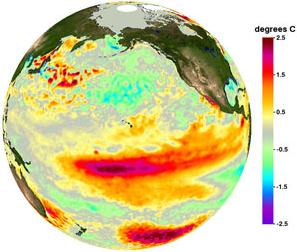 El Nino Weather Could Be Forecast A Year Ahead. USA Today
El Nino Weather Could Be Forecast A Year Ahead. USA Today has the interesting details; here's an excerpt: "
An international meteorology team on Monday unveiled a way to forecast El Niño weather a year ahead of time, double the lead time experts currently have.
El Niños strike every decade, driven by warm Pacific Ocean water piling
on the West Coast and affecting weather worldwide, triggering floods,
droughts and heat. The most recent El Niño ended in 2010. A strong El Niño brings
heavy rains to North and South America and drought to Australia, making
its prediction something long sought by weather forecasters..."
Homes Threatened Due To Massive Fire. A major blaze is underway north of Las Vegas - here's the latest from
The Las Vegas Review-Journal: "
The
blaze that until late this week crept along rugged rims of Mount
Charleston grew to as many as 9,000 acres Friday and swept into Kyle
Canyon, threatening hundreds of homes. The Nevada Department of
Conservation and Natural Resources reported that 400 structures were in
danger as the uncontained, wind-fueled wildfire moved north and south
along a ridge overlooking the canyon and devoured dry vegetation atop
the mountain range, one of Las Vegas’ most popular and temperate
destinations. Police and fire officials ordered more than 500 residents
to evacuate as hundreds of firefighters — most of whom specialize in
attacking aggressive, wind-whipped blazes in steep, rocky terrain —
made their way up the mountain..."
Photo credit above: JEFF SCHEID/LAS VEGAS REVIEW-JOURNAL. "
Smoke
from Carpenter Canyon fire shrouds Mountain Charleston at the Snow
Mountain exit and U.S. Highway 95 on Friday. The 5-day-old fire has
grown to more than 9,000 acres and swept into Kyle Canyon. More than 500
people have been evacuated an hundreds of homes and business are
threatened."
Homes Keep Rising In The West Despite Growing Wildfire Threat. Here's a snippet from a recent story at
The New York Times: "...
Just
as many Easterners resist stepping back from their increasingly
flooded coast, Westerners build where they want to build. In a report
last September, CoreLogic, a business analytics company, estimated
that 740,000 homes in 13 Western states, with a total value of $136
billion, were at high or very high risk of burning up. Nationwide,
Oregon and Wisconsin researchers found, 98.5 million people lived in
43.7 million homes in what is known as the wildland-urban interface
or WUI (pronounced woo-ee) in 2010. The sentiment that people should
build where and how they choose is embedded in the Bitterroot Valley of
western Montana, where a series of infamous 2000 blazes helped usher in the era of ever-more-dangerous Western wildfires..."
Photo credit above: Elaine Thompson/Associated Press. "
In the summer of 2000, drought-fueled wildfires devastated the Bitterroot Valley in Montana."
Accuracy Of Flood Forecasting Called Into Question.
After recent and historic floods across much of Alberta, including
Calgary, some Canadians are questioning the accuracy of the river flood
forecasts; details at
CTV News: "
With
flood waters across the province backing down, questions about the
accuracy of flood forecasting are on the rise. Prince Albert Mayor Greg
Dionne said forecasting was way off this year, and he’s concerned it
will affect citizen’s responses to future disasters. “What my concern
is the old story, how many times can we cry wolf?” he said. “What I’m
worried about is next time they say (the river will rise) 4.5 meters
and nobody will do anything.” Last week a hydrology expert from the
University of Saskatchewan also questioned the numbers, pointing out
there were differences last week between how much water was coming out
of Gardiner Dam and how much was flowing through Saskatoon..."
Photo credit above: "
The mayor of Prince Albert is unhappy with the province's flood forecasting this spring."
A Trip To Camp To Break A Tech Addiction. Spend more
than 4 hours a day on Facebook? Would you rather check Twitter than
talk with your significant other? Sneak the iPad to bed (or bathroom?)
You may have a serious technology addiction. Here's a clip from a story
at
The New York Times: "...
This was Day 2 at Camp Grounded,
an adults-only summer camp held on former Boy Scouts quarters in
Navarro, Calif., about two and half hours north of San Francisco. A
little more than 300 people had gathered there for three days of color
wars, talent shows, flag-raisings and other soothingly regressive
activities organized by Digital Detox,
an Oakland-based group dedicated to teaching technology-addled (or
technology-addicted) people to, in the words of its literature,
“disconnect to reconnect.” The rules of Camp Grounded were simple: no
phones, computers, tablets or watches; work talk, discussion of
people’s ages and use of real names were prohibited..."
 Soggy Nisswa
Soggy Nisswa.
Some days I wonder if shop owners secretly pray for rain in some of
these northern resort towns like Nisswa, Crosslake, Walker and Pequot
Lakes? Yesterday's showery sky up north drove many into town to try
their hand at shopping. Great fun.

TODAY: Early clouds, then sunny and hot. Winds: W 5-10. High: 91
SUNDAY NIGHT: Clear to partly cloudy. Low: 72
MONDAY: Hot, steamy sun. Dew point: 72. HIgh: 92
TUESDAY: Wettest day in sight. Scattered T-storms likely. Wake-up: 71. High: 86
WEDNESDAY: Sunnier, drier, less humid. Dew point: 62. Wake-up: 66. High: 85
THURSDAY: Plenty of warm sun, dry. Wake-up: 65. High: 87
FRIDAY: Some sun, stickier again. Dew point: 68. Wake-up: 68. High: 88
SATURDAY: Thundery hot front. Dew point: 70. Wake-up: 71. High: 89 (90s possible south/west of MSP).
Climate Stories...
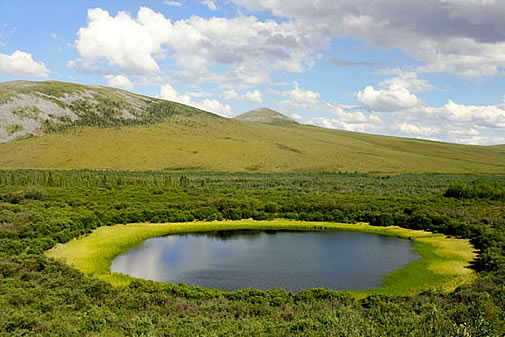
Vast Reservoirs Of Carbon Could Affect Global Warming. Here's a snippet from a story at
NBC Southern California: "...
During the summer thaw, the very top of the
permafrost melts -- a few inches to no more than a few feet -- releasing
only a small amount of the carbon that has built up over eons from the
annual die-back of vegetation. It decomposes slowly in the tundra
environment and historically is recaptured during the winter freeze. Enter global warming. “As temperatures warm, it’s thought
that these organic materials could decompose more rapidly and give rise
to gases such as carbon dioxide and methane," Miller said. “The
anticipated release of carbon should accelerate climate change...I think
the experts all agree that that’s the case. The question that we’re
grappling with is how much carbon might be vulnerable to release, and
how fast might it be released." One possible scenario is what
scientists call a “positive feedback loop,” akin to what’s known in the
more common vernacular as a vicious circle that feeds on itself..."
File image above: NASA.
Global Warming Solutions? Scientists Want To Store Carbon Dioxide Underground. Here's the intro to a story at
Design & Trend: "
A
recent geological report suggests a promising way to cut down on
carbon dioxide in the atmosphere: to inject it and store it in rocks
underground. The U.S. Geological Survey conducted a detailed assessment
and found 36 regions across the country that have proper subterranean
conditions to store between 2,400 to 3,7-- metric tons of carbon
dioxide underground. "This is just one tool in a range of options that
we have, but it's an important one to give us additional time to
transition from fossil fuels to nonfossil fuel energy," Mordick told LiveScience..."
Photo credit above: "An aerial view
of burning trees is seen during the haze in Indonesia's Riau province
June 28, 2013. Indonesian investigators are building criminal cases
against eight Southeast Asian companies they suspect of being
responsible for raging fires that have blanketed neighbouring Singapore
and Malaysia with hazardous smog." (Photo : REUTERS/Beawiharta )
WMO: "Unprecedented" Global Warming From 2000 To 2010. Here's a snippet from a story at
The Summit County Citizens Voice: "...
It
was the warmest decade since the start of modern measurements in
1850, with more national temperature records broken than in any
previous decade. Along with analyzing global and regional
temperatures and precipitation, the report took a close look at
extreme events, including heat waves in Europe (2203) and Russia
(201o), Hurricane Katrina in the United States of America, Tropical
Cyclone Nargis in Myanmar, droughts in the Amazon Basin, Australia and
East Africa and floods in Pakistan. The decade was the warmest for
both hemispheres and for both land and ocean surface temperatures. The
record warmth was accompanied by a rapid decline in Arctic sea ice,
and accelerating loss of net mass from the Greenland and Antarctic ice
sheets and from the world’s glaciers..."
American Renewable Energy Is Powering The American Energy Transformation. Here's a clip from an Op-Ed by Vice Admiral Dennis McGinn (USN, ret) at
The Hill: "
More
so than any other time in history, Americans are focusing their
attention on energy issues. From the president’s recent call to action
on climate change to the possibility of finally attaining energy
independence by the end of the decade, America appears to be entering a
new golden age of energy development - great news for our energy
security and economy. But for some policymakers on Capitol Hill, there
is a need for a much better understanding that renewable energy is a
significant and rapidly growing catalyst driving the American energy
transformation. Across the country, the renewable energy industry is
putting steel in the ground, increasing American energy security,
competitiveness, and environmental quality. Simply put, renewables have
earned their place in the sun – quite literally in the case of solar,
which accounted for 48 perent of all new electricity generation
capacity across the U.S. in the first quarter of 2013...." (File image: Wikipedia).
Climate Change Deniers Using Dirty Tricks From "Tobacco Wars". Here's an excerpt from a story at
Science Daily: "...
Environmental
campaigner Sauven argues: "Some of the characters involved have
previously worked to deny the reality of the hole in the ozone layer,
acid rain and the link between tobacco and lung cancer. And the tactics
they are applying are largely the same as those they used in the
tobacco wars. Doubt is still their product." Governments around the
world have also attempted to silence scientists who have raised
concerns about climate change. Tactics used have included: the UK
government spending millions infiltrating peaceful environmental
organisations; Canadian government scientists barred from communicating
with journalists without media officers; and US federal scientists
pressured to remove words 'global warming' and 'climate change' from
reports under the Bush administration..."
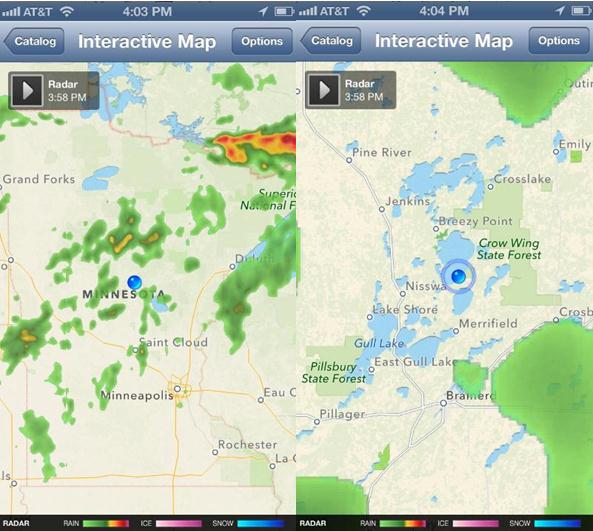


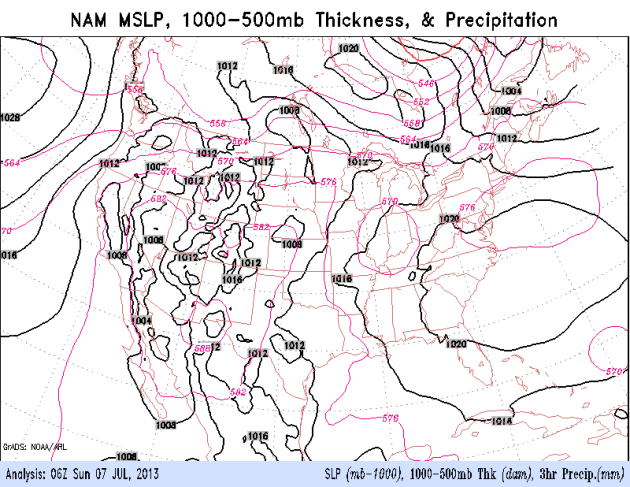
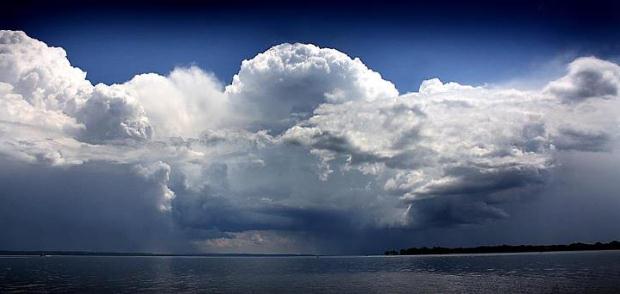

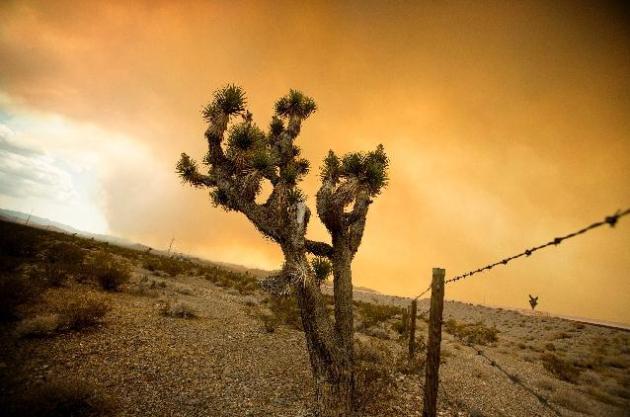

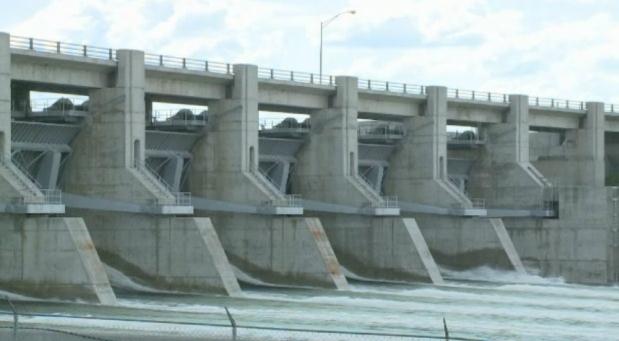




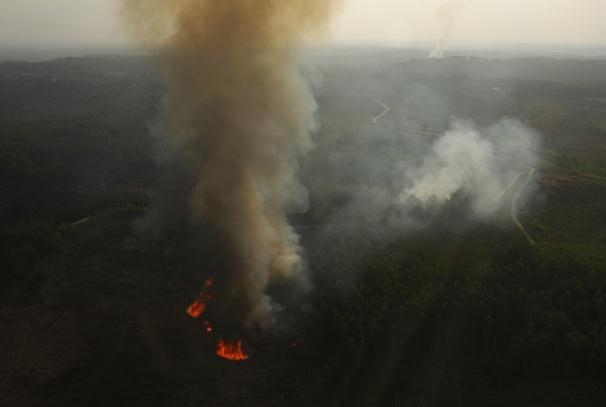

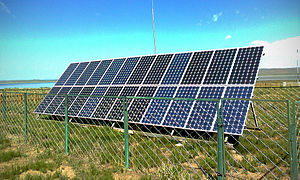

No comments:
Post a Comment